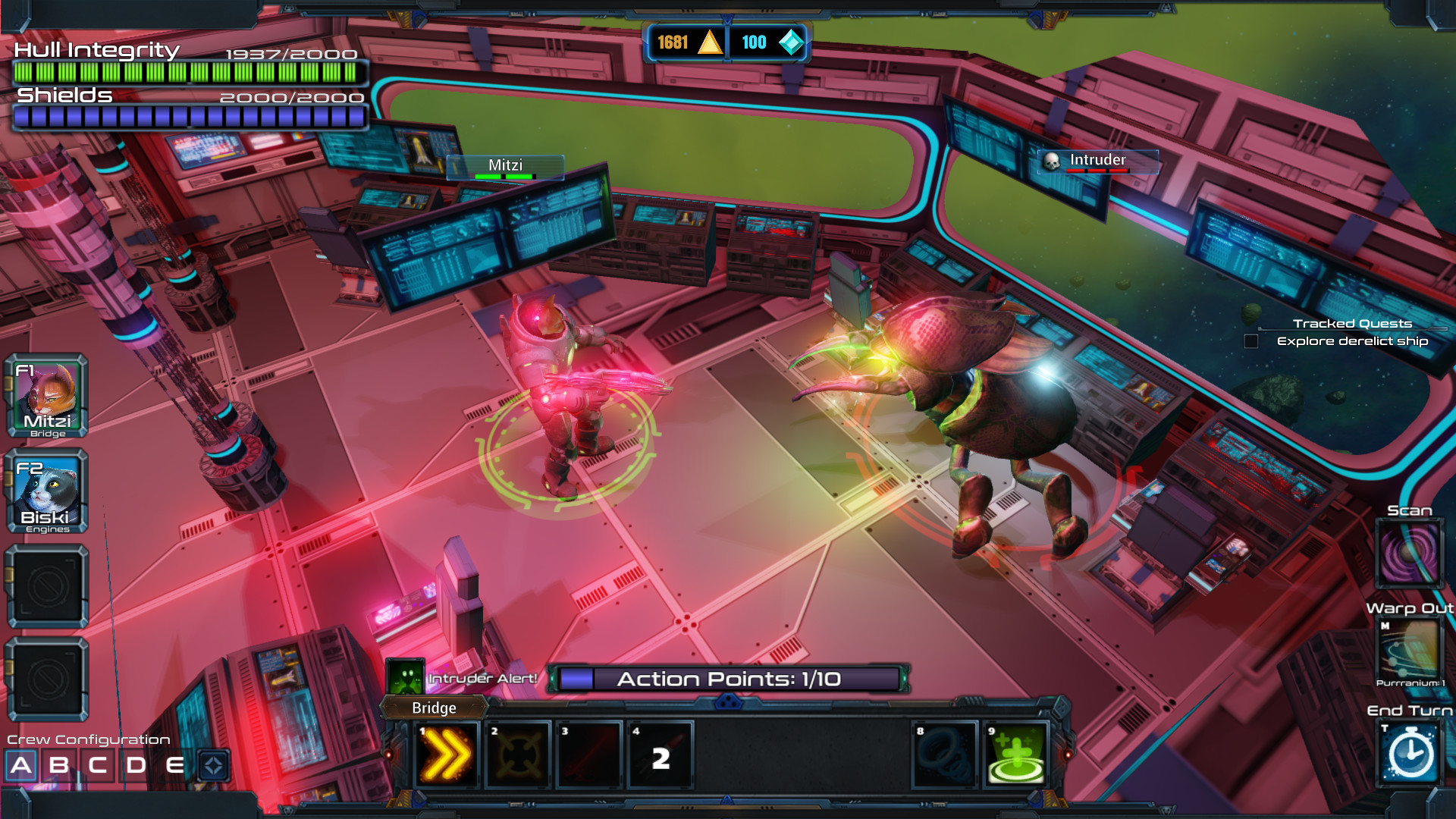

Turned creatures must spend each round moving as far from a cleric as possible. Every undead within 30 feet that can see or hear the cleric is turned for one minute or until it takes damage, unless if succeeds a wisdom saving throw. Turn Undead requires a cleric to present a holy symbol and speak a prayer against an undead creature. Each cleric has Turn Undead and a second effect determined by their Domain. At level two, every cleric has two of these effects.

(a) scale mail, (b) leather armor, or (c) chain mail (if proficient).(a) a mace or (b) a warhammer (if proficient).You also gain equipment granted by your background:

You start with the equipment options below. ProficienciesĪrmor: Light armor, medium armor, shields Weapons: Simple weapons Tools: None Saving Throws: Wisdom, Charisma Skills: Choose two from History, Insight, Medicine, Persuasion, and Religion Equipment Hit Dice: 1d8 per cleric level HP at 1st Level: 8 + your Constitution modifier Hit Points at Higher Levels: 1d8 (or 5) + your Constitution modifier per cleric level after 1st. More of your features will depend on your Domain, discussed later. The below features are common with all clerics, but they will only represent a part of what makes your character unique. When a cleric steps onto the battlefield, they do so with their god on their side.

In fact, some types of clerics are centered around warfare, death, and battle. Ultimately, that choice is up to you (and your DM).Ĭlerics might be holy men (or women), but that does not mean they are pacifists. It could be something as simple as spreading the good work or as direct as seeking out a holy relic. In most cases, this class of adventurer joins a party at the behest of their god. Like all good adventurers, a cleric needs a backstory. Through the power of magic drawn from the divine power of their deity, clerics can heal their allies and destroy their enemies. The ultimate devotee of a god, the cleric is called to do more than lead temple service.


 0 kommentar(er)
0 kommentar(er)
